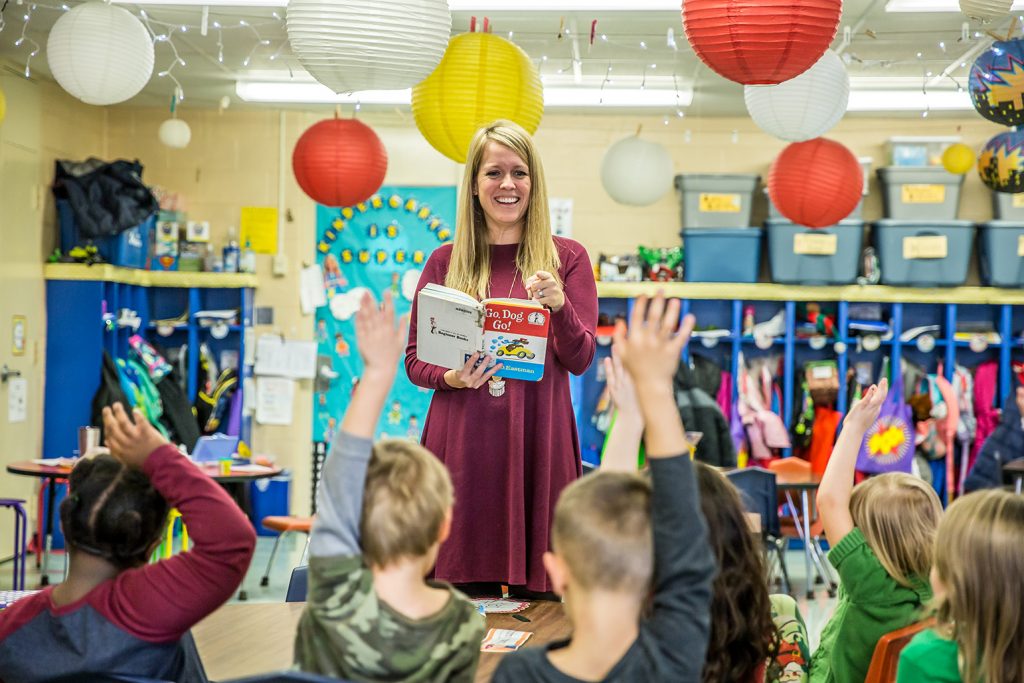The science of reading: Understanding what works in early reading instruction
Today there is a wealth of information and scientific research on how children learn to read. The science of reading has informed effective, evidence-based practices for how children should be taught to read. Yet even with the knowledge of what works when it comes to early reading instruction, some 68 percent of fourth-graders read at a below proficient level according to the latest report by National Assessment of Education Progress (NAEP).
Many factors contribute to this situation, some of which have to do with making a better use of the existing research. According to an article by G. Reid Lyon and Vinita Chhabra, the challenge is that “many teachers do not have the background or training they need to access this information and implement research-based reading instruction in their classrooms.” Instead, teachers often rely on past experience and anecdotal information to inform their teaching.
In their Education Week article, “How do Kids Learn to Read? What the Science Says” Sarah Schwarz and Sarah D. Sparks compiled an overview of research with the goal of highlighting what works and what doesn’t in early reading instruction. The following are some of the key takeaways:
- Phonics instruction is beneficial to all students but especially those who struggle to read. According to the National Reading Panel Report “phonics instruction is a way of teaching reading that stresses the acquisition of letter-sound correspondences and their use in reading and spelling.” Written English language can be described as a code where certain combinations of letters consistently produce specific sounds. Teaching young readers this code through systematic phonics is an effective way to teach children to read.
- Children as young as three-years-old can benefit from learning how to sound out words. Preschoolers and kindergartners can develop early phonological awareness through learning how to distinguish the sounds in words. In turn, this can improve reading and writing abilities.
- Programs focused on phonemic awareness that lasted less than 20 hours total had the greatest effect on reading skills according to The National Reading Panel report.
- Beyond phonemic awareness and phonics, other essential parts of an early reading program include fluency, vocabulary and comprehension. For example, learning new vocabulary leads to improved reading comprehension. Similarly, guided read-out-loud exercises improve a student’s reading fluency.
- Cueing strategies are not an effective way to improve reading. While a number of literacy programs including cueing strategies — essentially guessing the word using contextual cues — research suggests that cueing instruction can actually impede the development of phonics skills.
Current K-12 teachers interested in advancing their skills in reading instruction can now pursue an online Master of Education (MEd) in Reading Instruction program at William Woods University. Students enrolled in this program will develop a deep understanding of the acquisition of language, current issues in reading and writing, theoretical models of literacy, analysis and correction of reading disabilities, curriculum development, assessment and effective intervention.


